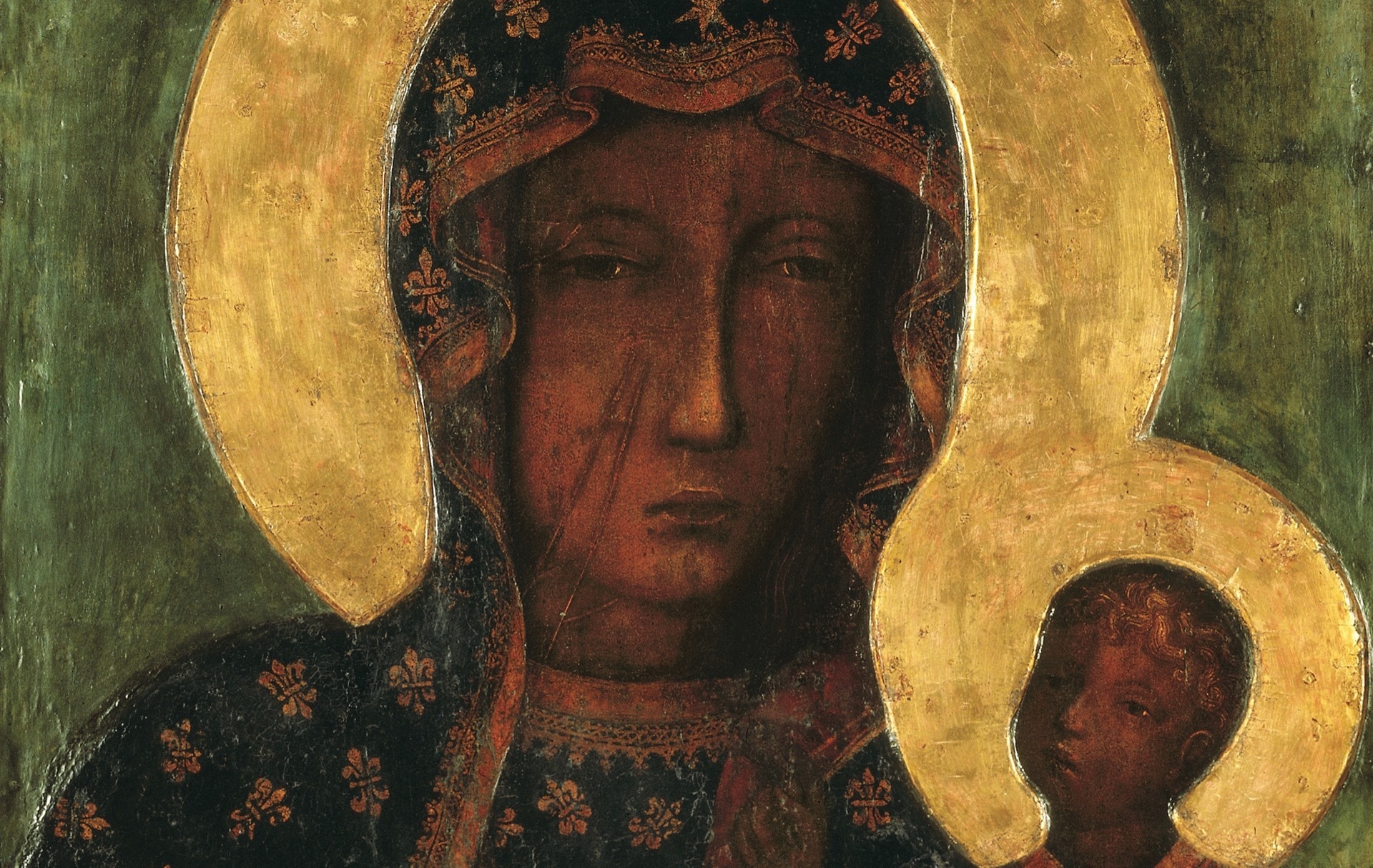This is translated from Polish that appeared on polskieradio.pl and titled ‘Częstochowa: próbował zniszczyć obraz Matki Bożej’
The incident occurred on Sunday morning. – The guards reacted immediately, restrained the man and then handed him over to the police,” said Joanna Lazar of the Częstochowa police. It has already been established that he comes from the Lower Silesian voivodship. He is being questioned. The police want to find out when he arrived, what exactly he wanted to do and in what way.
The Miraculous Image of Our Lady of Czestochowa did not suffer in any way during this morning’s incident, but the faithful are moved, said Fr Robert Jasiulewicz, spokesman for Jasna Gora.
“The faithful call us with tears in their eyes, asking what happened. We reassure them that the painting is whole, undamaged in any way,” – Fr Jasiulewicz said. He admitted that the incident had also moved the monks who had gathered for prayer. The bishops of Czestochowa also arrived at the scene. After the incident, the Chapel of the Miraculous Picture was closed. It was reopened to the faithful on Sunday morning, after which supplications and prayers of reparation were said.
In a statement issued before noon, Father Roman Majewski, the Prior of Jasna Gora, informed that the perpetrator had tried to destroy the Miraculous Picture of the Queen of Poland ‘by pouring a black substance on it’.
The Jasna Gora image of the Mother of God is one of the most famous paintings to be found in Poland. Its history dates back to the 13th century and probably originated in the Balkans. Around the middle of the 14th century, it came into the hands of the Hungarian Angevins, where it was venerated as a relic, allegedly painted by the hands of St Luke the Apostle.
When the young Queen Jadwiga of Hungary was about to set off for Poland, which was in the throes of an interregnum, her mother Elisabeth, wanting to ensure her daughter’s safety, provided her with a relic painting. Duke Władysław Opolczyk, who was entrusted with the expedition’s safety, decided not to place the precious treasure in Krakow, which he did not like but chose the Pauline Monastery of Jasna Gora for it.
For centuries, the image has been venerated there by the faithful. “The ancient image, which bears the marks of Christianity in the East and the West, is a sign of the unity of these two worlds, riches and cultures, which through Holy Baptism have met and united in Christ,” – this is what John Paul II said about the Jasna Gora icon during his visit to the shrine in 1991.

